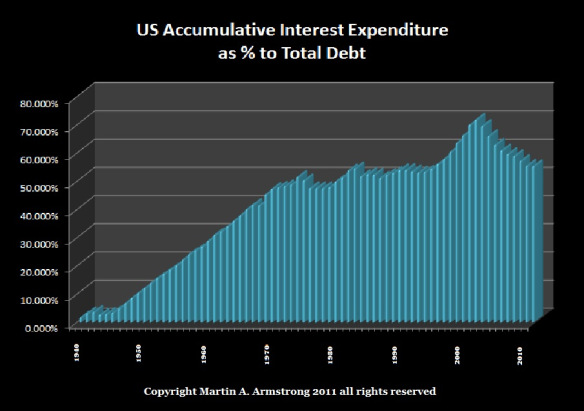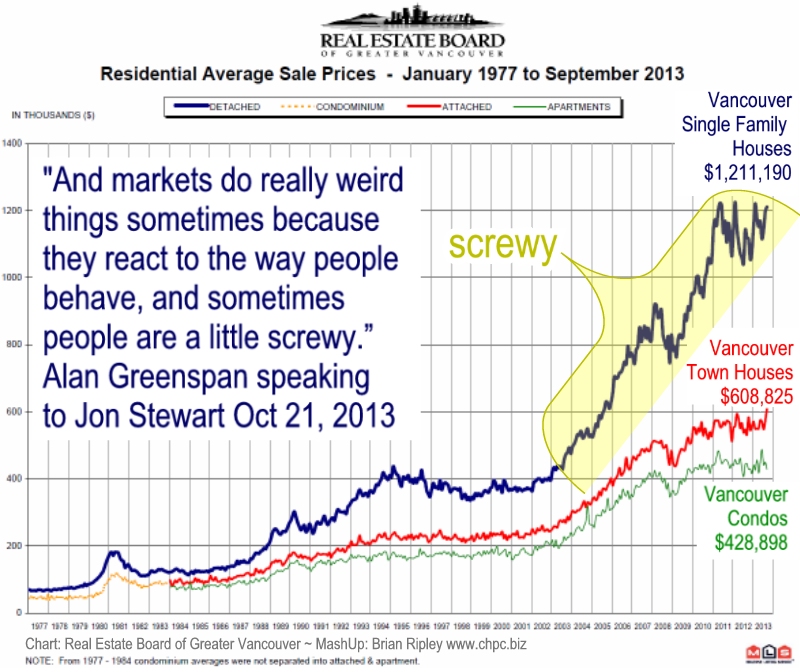There is an old adage that “they do not ring bells at the top.”
This is factually not true, there are usually multiple warnings that a top is forming in the stock market, but most investors ignore them.
A big reason for this is psychology: tops form when investor sentiment has become extremely bullish. Being bullish usually means enthusiasm and overconfidence in a positive outcome. Neither of these items lend themselves towards taking note of negative developments or “signs of a top.
For this reason it’s important to note market developments. I’ve got a few that should give investors pause.
1) Carl Icahn wants Apple (AAPL) to leverage up.
AAPL has maintained low debt and a sizable cash hoard for years. The company recently issued $17 billion in bonds (the single largest corporate offering in history) in order to pay out a dividend to shareholders. A company with a record of no debt issuing the single largest corporate offering in history is definitely a “bell ringing.”
Now Carl Icahn wants the company to take out more debt to implement a stock buyback. This is effectively “leveraging” up the company (adding debt to increase profits per share). This is another “bell ringing.” Regardless of one’s views on AAPL or Icahn, the notion of the former world’s largest company which has never had much debt to suddenly consider issuing debt to increase EPS is a “bell ringing.”
2) Former top performers, particularly Tesla (TSLA) and Netflix (NFLX) appear to have topped out or are topping.
Facebook saw a massive reversal yesterday based on announcements that it is losing out in the important “teen” demographic.
Google has entered a blowoff top.
Apple floundering.
One by one the market leaders are beginning to crash and burn. Take note.
3) The “smart money” is selling.
The smart money is getting out of the market. Fortress Investment Group, Apollo Investment Group and other large “smart money” investors are literally “selling everything” they can. They’re not doing this because they expect things to improve and the market to continue to move sharply higher.
 Indeed, even investment legend Warren Buffett, who has virtually never advocated against investing in stocks (with the exception of the Tech Bubble) has stated the market is “fully valued” at today’s levels.
Indeed, even investment legend Warren Buffett, who has virtually never advocated against investing in stocks (with the exception of the Tech Bubble) has stated the market is “fully valued” at today’s levels.
Buffett loves stocks. He’s made his fortune investing in them. He is a near eternal optimist. For him to state the markets are fully valued and be sitting in the single largest cash hoard of his investment life is a major indicator that stocks are topping.
Please take note of all of this. There are multiple bells ringing.
Gains Pains & Capital is our free daily market commentary penned by our Chief Market Strategist Graham Summers and our research team of analysts. In it, they detail the most pressing economic and financial issues of the day, combining macro-based, value and technical analysis to present investors with a single sheet of research that they can use to navigate the market’s action.
To sign up for Gains Pains & Capital and receive three free Special Reports…
CLICK HERE NOW!!!




 The reasons why the technology has so much potential are as follows:
The reasons why the technology has so much potential are as follows:

 Indeed, even investment legend Warren Buffett, who has virtually never advocated against investing in stocks (with the exception of the Tech Bubble) has stated the market is “fully valued” at today’s levels.
Indeed, even investment legend Warren Buffett, who has virtually never advocated against investing in stocks (with the exception of the Tech Bubble) has stated the market is “fully valued” at today’s levels.









